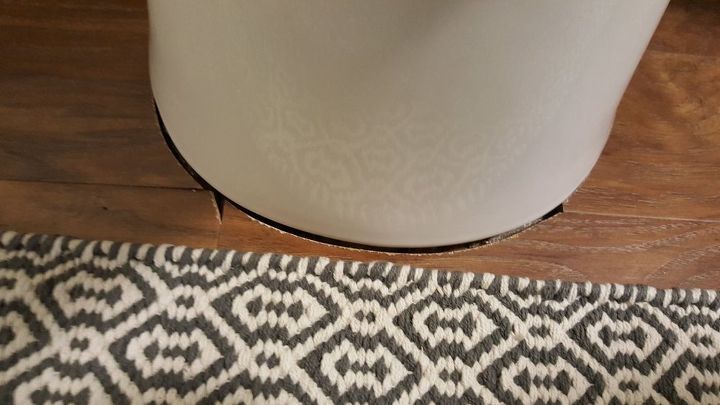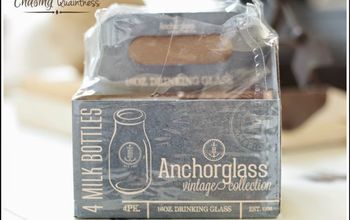BEST WAY TO LEVEL A FLOOR WITH SELF LEVELER?
Related Discussions
How to get rid of mice?
We seem to have some unwelcome Mickeys and Minnies in our house. What is the best way to get rid of them?
How to remove popcorn ceiling with asbestos?
I want to remove my popcorn ceiling, but it has asbestos in it. How do I go about this safely?
How to caulk baseboard gaps?
How do I fill gaps at baseboard, should I caulk? If so, does anyone know how to caulk baseboards?
How to fix squeaky hardwood floors?
How do I fix squeaky hardwood floors?
Tile backsplash when there is existing countertop backsplash
We are thinking about how to add a backsplash to our kitchen. Unfortunately when we had our countertops installed we ordered a small backsplash that comes part way up... See more
Contractor mis-cut the floor when he put in the toilet
Hello, Our contractor didn't "measure twice, cut once" when he put in our toilet. Check out the photo. I'd appreciate any suggestions on a fix or a way to hide this m... See more






Vacuum the surface before pouring the cement.
Done.
I go along with Deb. Depending on the flooring material. Self leveling compound is use to level a floor prior to laying flooring material down. It 's not used to level a floor as a patch.
What you're getting into:
"Self-Leveling" has a common usage meaning and a slightly different meaning for construction products manufacturers' purposes.
The best I've seen you can hope for is leveling within +/- 1/16 inch. The overall floor will be level but there with still be waves in the surface. Looking at Walmart's polished cement floors might give you an idea of what this is like.
Warnings:
Don't attempt pouring any more compound than you (or your crew) can finish mixing and spreading in 8 minutes (mixing 2 bags at once saves time). You have 8 minutes TOPS to get off that floor.
Mixing for 3 minutes works gets more lumps out than mixing for 2 minutes. (So, 3 minutes mixing; 5 minutes spreading; get off the floor.)
Shoe cleats don't help if you're pouring depth is greater than the height of the cleat. You'll still leave Big Foot tracks that won't heal themselves.
Adding too much water (even a little) will ruin the surface, discoloring it and/or turning it into powder when it dries. Adding an epoxy thinner might buy you up to 8 minutes working time (10 if you're lucky).
Xylene, as an epoxy thinner works to increase working time but stinks for days. Alcohol might work too but might discolor the compound as alcohols are hydrophilic (reduce your water a little)
Game plan 3 iterations:
1. You can end up with some significant waves in this epoxy that dry BEFORE they level so I would recommend iterations (stages): initially pouring only 75% of the calculated amount needed. FEATHER YOUR EDGES WITH A TROWEL.
2. If you're lucky and the floor DRIES very flat, you can pour the remaining amount over that. If it doesn't work out so well for you, you can still cover up the mistakes without grinding anything off your floor. FEATHER YOUR EDGES WITH A TROWEL.
3. Even if the floor looks very flat, if you looks at it closely you'll probably see up to 1/16- inch variations. For your 3rd step, you can use a screed (straight edge) and partial-bucket mixes to get the floor more level, if that's needed, but MIND THE FEATHER EDGES until it dries COMPLETELY or you could end up with a miniscus around the edges.